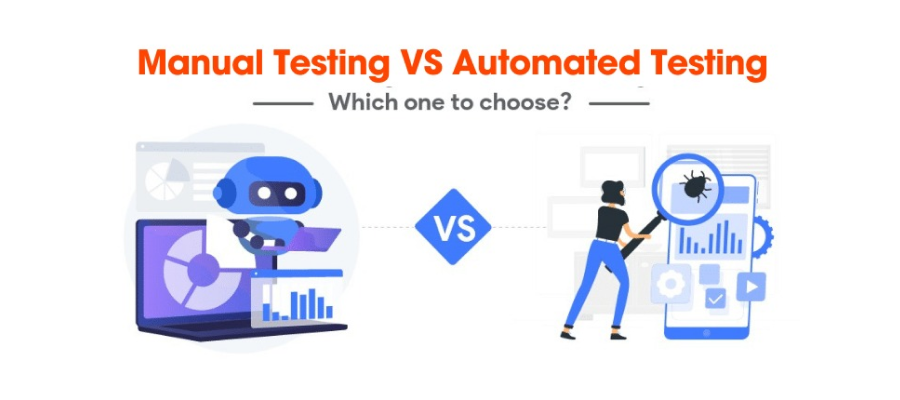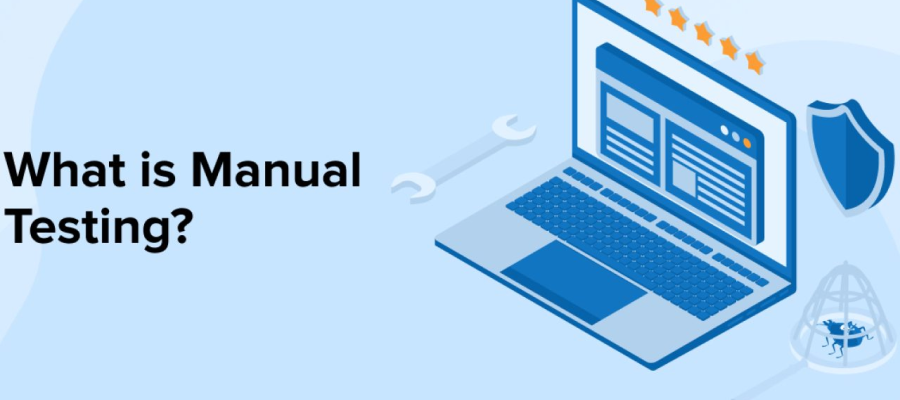Benefits and Drawbacks of Automated vs. Manual Security Testing
Cybersecurity threats are evolving rapidly, and security testing is essential to staying one step ahead. But should businesses rely solely on Automated Security Testing or opt for Manual Security Testing? In this article, we’ll break down the strengths and limitations of each, helping you understand which approach may best meet your security needs.
What is Security Testing?
Security testing involves evaluating a system, application, or network to identify any potential vulnerabilities that could be exploited by cybercriminals. This process aims to ensure the integrity, confidentiality, and availability of information. Whether it's checking for unauthorized access, data leaks, or flaws that can lead to breaches, security testing is a vital component of maintaining trust and compliance.
Why is Security Testing Important?
Imagine your company’s data as a precious treasure. Without security testing, this treasure could be easily exposed to thieves. Security testing helps you lock down this treasure by identifying and addressing vulnerabilities before they become exploited.
Overview of Automated Security Testing
Automated Security Testing uses software tools to identify security flaws within systems and applications. This approach involves running scripts and predefined algorithms that quickly scan code and configurations, saving time and reducing the likelihood of human error.
Advantages of Automated Security Testing
- Speed and Efficiency
Automated tests can quickly scan through large codebases, enabling teams to conduct frequent tests without slowing down development.
-
Consistency
Automated testing tools perform tasks in the exact same way each time, ensuring consistency across multiple tests and reducing variability.
-
Early Detection
Automated tests can be integrated into the development pipeline, allowing developers to catch security issues early in the software lifecycle.
-
Scalability
As systems grow, automated tools can scale up to handle more complex testing requirements.
Drawbacks of Automated Security Testing
-
Limited Scope
Automated tools may miss vulnerabilities that require contextual understanding, such as business logic flaws.
-
Initial Setup and Maintenance Costs
Implementing automation tools can be costly and time-consuming, particularly if the tools require regular updates to stay effective.
-
False Positives
Automated tools can sometimes report vulnerabilities that aren’t actual threats, leading to wasted time on unnecessary fixes.
Overview of Manual Security Testing
In contrast, Manual Security Testing relies on human expertise to identify vulnerabilities. It involves security analysts who use their knowledge, experience, and intuition to assess systems.
Advantages of Manual Security Testing
- In-Depth Insight
Manual testing can uncover vulnerabilities that automated tools may overlook, especially when understanding complex business logic or user behavior.
-
Customizable Approach
Each system is unique, and manual testing allows security analysts to adapt their methods according to specific needs.
-
Higher Accuracy
Manual testing is less likely to produce false positives, as humans can evaluate the context of potential vulnerabilities.
Drawbacks of Manual Security Testing
- Time-Consuming
Manual testing requires significant time and effort, especially in large, complex systems.
-
Higher Costs
Manual testing can be costly due to the need for skilled testers, particularly if frequent testing is required.
-
Limited Coverage
A human can only test so much within a given timeframe, so it’s often impractical for large systems.
Automated vs. Manual: Which One to Choose?
So, how do you choose between automated and manual security testing? Generally, automated testing works well for routine tasks, while manual testing is ideal for complex situations. For instance, automated tests may be great for continuously monitoring applications, whereas manual testing can provide more in-depth insights.
Use Cases for Automated Security Testing
- Continuous Integration (CI) Pipelines
Integrating automated security checks into CI pipelines ensures that code is tested every time a change is made.
-
Compliance Checks
Automated tools can perform routine compliance checks to ensure regulatory standards are met
-
Large Systems
Automated testing is beneficial for large applications where manual testing alone would be too slow or costly.
Use Cases for Manual Security Testing
- Complex Web Applications
Manual testing can be effective for apps with complex business logic that automated tools might miss.
-
High-Value Data Systems
For systems handling sensitive information, a manual approach can provide a more thorough assessment.
-
Customized Systems
When applications are heavily customized, manual testing can adapt to unique elements that automated tests may overlook.
How to Combine Both Approaches Effectively
For the best security results, consider using a combination of both automated and manual testing. For example, automated tools can conduct routine scans, while manual testing can focus on high-risk areas. This dual approach helps maintain efficiency and thoroughness, providing robust security coverage.
Final Thoughts
Choosing between Automated Security Testing and Manual Security Testing depends on your organization’s needs, budget, and risk tolerance. Each has its role, and using them together can often be the best way to ensure comprehensive protection. Ultimately, it’s about finding the right balance to keep your data safe from ever-evolving threats.
In conclusion, balancing Automated Security Testing and Manual Security Testing offers a more resilient approach to safeguarding your digital assets. Whichever you choose, the goal is the same: staying secure in an unpredictable digital world.









